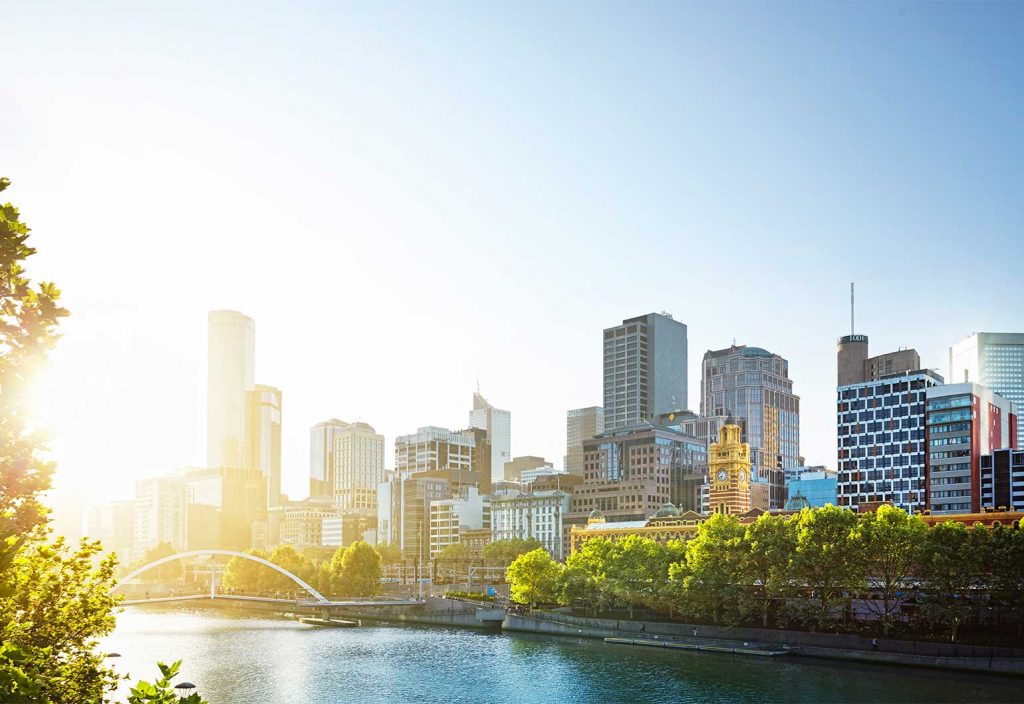Environmental engineer Sarah Board has worked through severe droughts, bushfires and damaging flood events. For World Water Week (23-27 August), she spoke with create about how this shaped her thinking and sparked a desire to improve the resilience of Australia’s communities.
According to Board, who is the Manager – Water, Dams and Hydropower at SMEC, a key part of building resilience is having adaptable long-term plans in place, as they allow engineers to respond quickly to changes and immediate needs while balancing future objectives.
“Early in my career, I was lucky to get involved in shaping a number of forward-looking 50-year strategies to better manage water for various parts of Australia,” Board said.
“I’ve learnt that striking this balance and building resilient water infrastructure also requires true collaboration and alignment with the community.”
A 50-year conversation
It was as a young engineer on the Gold Coast during the Millennium Drought that Board first saw how community partnerships could be a powerful force to foster a collective focus and deliver lasting benefits.
“While dam levels were worryingly low, I was fortunate to be part of a team working on a long-term water supply strategy for the City of Gold Coast. Our mandate was to develop a 50-year plan in partnership with the local community that was diverse, secure, adaptable and affordable,” she said.
The team cast the net wide for possible solutions. The standout options from an environmental and economic perspective often lacked community support, and there wasn’t enough time to build this support, given the urgent need to deliver water.
“Although we took on conversations that were sometimes challenging, compromises needed to be made in order to build social licence. We ended up delivering a staged and adaptable plan that left the door open for future innovation and changes in community sentiment,” Board said.
“While dam levels are comfortably high, now is the time to work with communities to build support for the next wave of investment needed to build water resilience.”
Water infrastructure for the long term
In her current role at SMEC, Board works on resilience-building projects that will contribute to improving water and energy security in Australia.
She said community partnerships are central to the success of these projects.
“True partnership across government, industry and community is needed to drive the best possible outcomes,” Board said.
“We are supporting clients to better engage with stakeholders, including Indigenous communities, and to develop adaptable solutions that provide flexibility, build resilience and create enduring benefits for future generations.”
Although building these partnerships takes time, Board said it is worth it.
“Solutions developed in isolation are far less likely to be consistently supported over the timeframe required to deliver them and will almost always end up costing more time and resources in the long run,” she said.
“Shared buy-in can also minimise project risks and bring new ideas to light.”
Board said through out her career she had found a number of effective strategies to build partnerships.
“This includes establishing two-way communication as early as possible; being strategic rather than reactive; taking stock of growing support to tackle challenges together; and building support and social licence through continuous conversations,” she said.
“While the model may differ from project to project, true partnership can help us build resilience faster by creating opportunities to pool knowledge, align understanding and prioritise efforts.”
